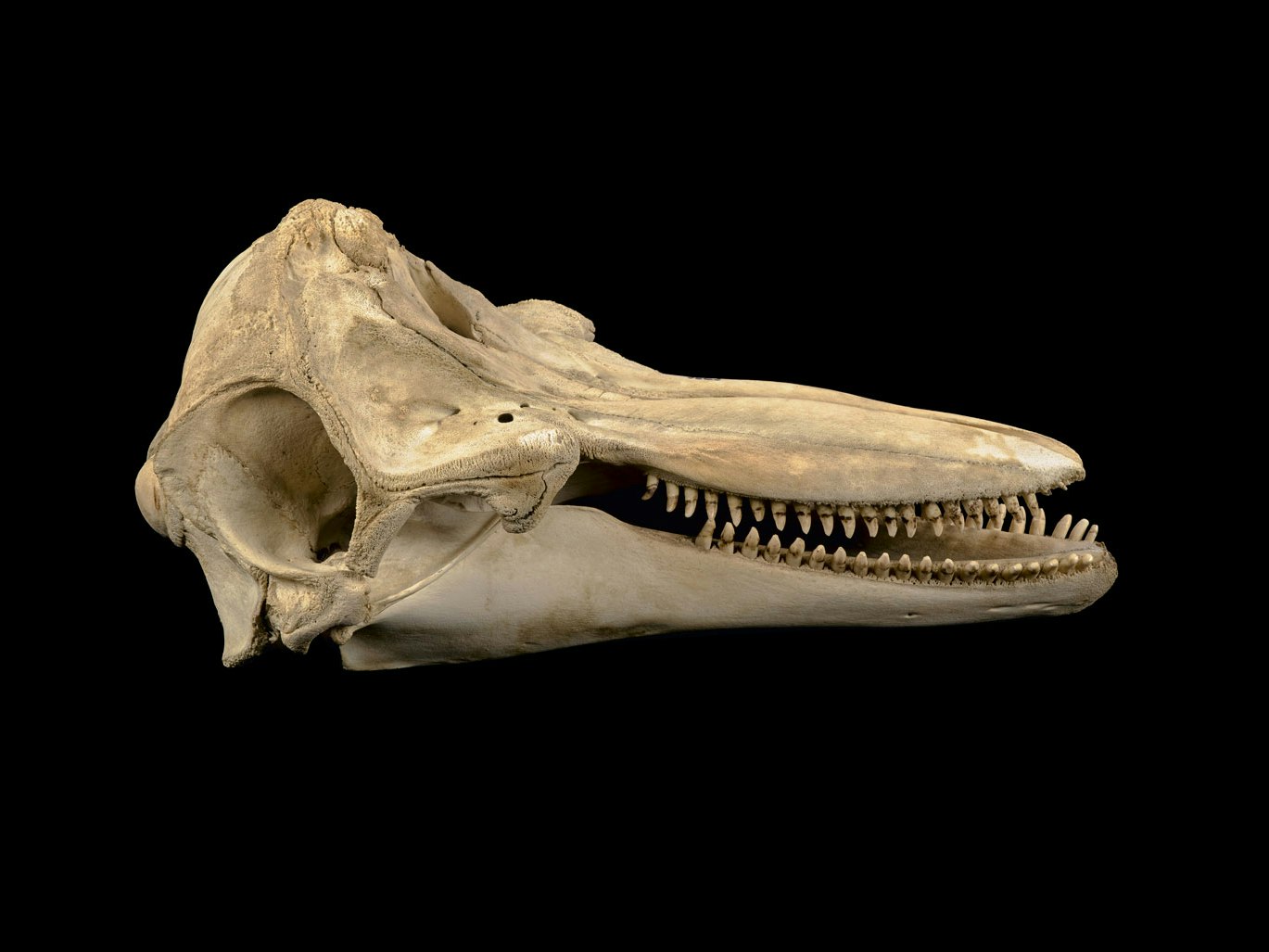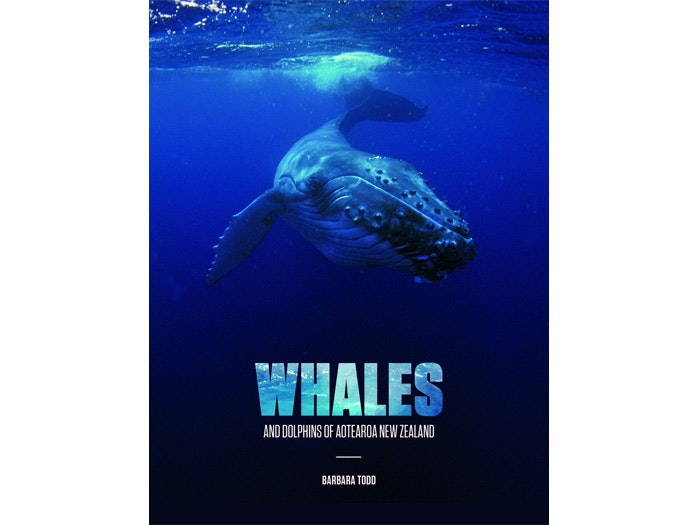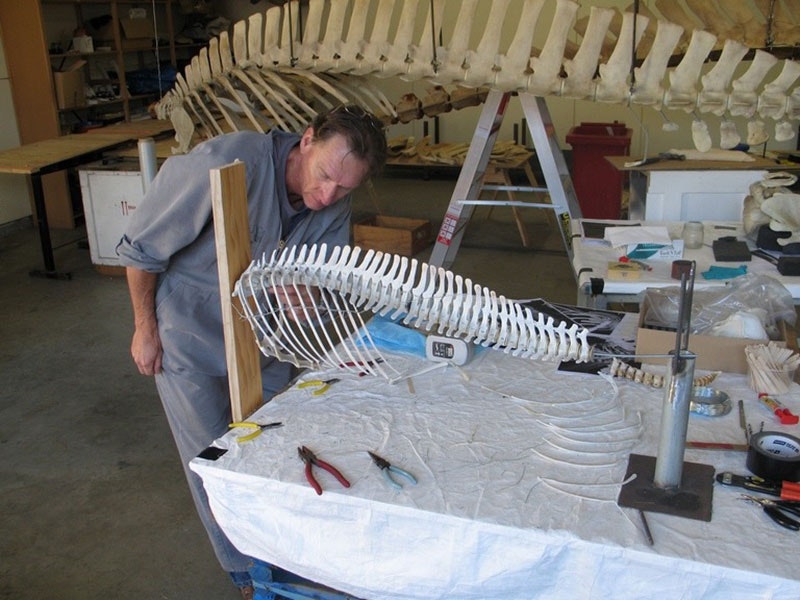
Bottlenose dolphin
Offshore bottlenose dolphins often hang out in groups with false killer whales.
Free museum entry for New Zealanders and people living in New Zealand
Open every day 10am-6pm
(except Christmas Day)
Free museum entry for New Zealanders and people living in New Zealand
Hector’s dolphin is just 1.5 metres long. You can recognise them by their curved ‘Mickey Mouse ear’ dorsal fin.
Hector's dolphins, Cloudy Bay, 2012. Photo by Anjanette Baker/Oregon State University and University of Auckland, via Wikimedia. CC BY 4.0
They’re the only dolphin unique to Aotearoa.
Hector’s dolphin skull. Te Papa (MM001960)
Hector’s and its subspecies, the Māui dolphin, live close to shore. They’re easily caught in nylon set nets.
Māui numbers are dangerously low – they’re the world’s rarest aihe. Around 60 are left, all on the North Island’s west coast.
Hector’s (here) and Māui dolphins face many threats, including being caught in fishing nets and hit by boats. Photographer unknown. Photo supplied by Department of Conservation
Illustration of distribution of Hector's and Maui dolphin. Te Papa

Offshore bottlenose dolphins often hang out in groups with false killer whales.

For centuries whales and dolphins have captured our imaginations. We have revered and mythologised them, hunted them to the brink of extinction and passionately protected them. But how much do we really know?

Navigating brittle bones and teeth the size of rice, Thomas Schultz, Collection Manager Science, reflects on putting a Hector’s dolphin back together for an exhibition that would tour North America for ten years.